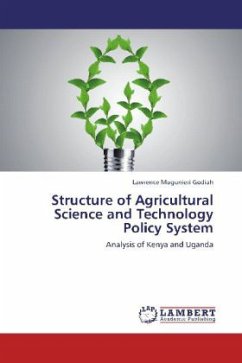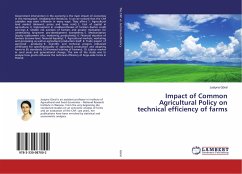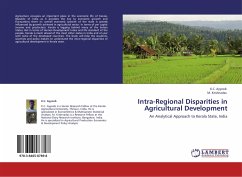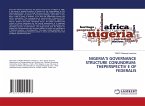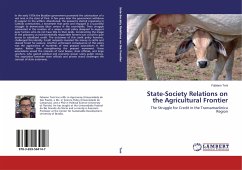Despite the acknowledged importance of agricultural science and technology (AS&T) in stimulating agricultural productivity growth, little is known about the structure and performance of AS&T policy system in developing countries. This book proposes a new framework the system components-shift effects framework that can be used to delineate the structure and performance of AS&T policy in developing countries. The system components comprises of agricultural research, agricultural extension, education and transboundary technology transfer. The impact of these components is modified by three-levels of shift-effects: policy environment, institutional arrangements and micro-conditions to give a 3x4 matrix of potential determinants of policy AS&T system structure, which in turn influences systems performance. The structure is hypothesised to exist in three different generations: first, second and third. The suitability of this framework is empirically tested using Kenya and Uganda as case studies.
Bitte wählen Sie Ihr Anliegen aus.
Rechnungen
Retourenschein anfordern
Bestellstatus
Storno

